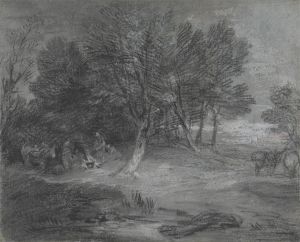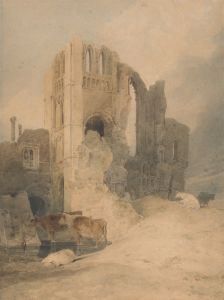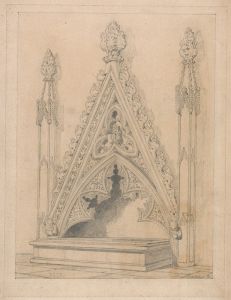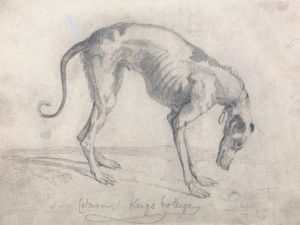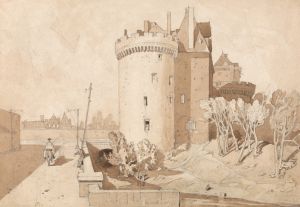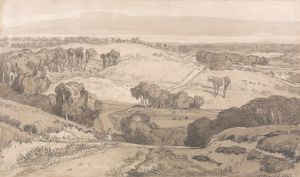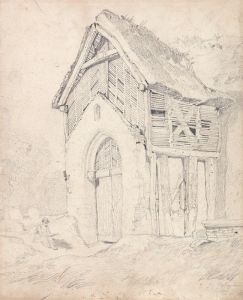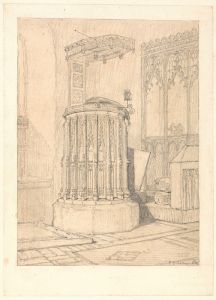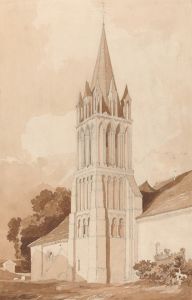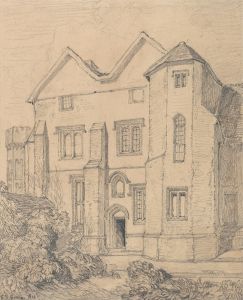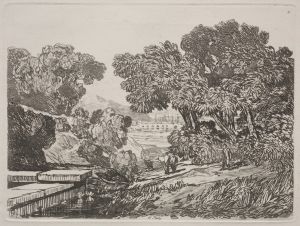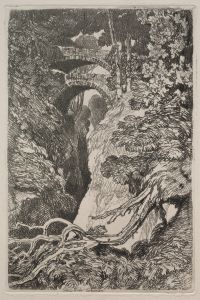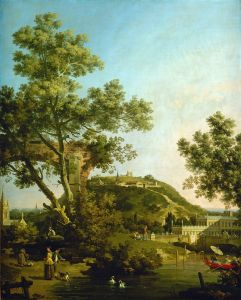
A Sedilia in Upwell Church, Norfolk
A hand-painted replica of John Sell Cotman’s masterpiece A Sedilia in Upwell Church, Norfolk, meticulously crafted by professional artists to capture the true essence of the original. Each piece is created with museum-quality canvas and rare mineral pigments, carefully painted by experienced artists with delicate brushstrokes and rich, layered colors to perfectly recreate the texture of the original artwork. Unlike machine-printed reproductions, this hand-painted version brings the painting to life, infused with the artist’s emotions and skill in every stroke. Whether for personal collection or home decoration, it instantly elevates the artistic atmosphere of any space.
John Sell Cotman, a prominent English painter and etcher associated with the Norwich School of painters, created the artwork A Sedilia in Upwell Church, Norfolk. This piece is a detailed architectural study that reflects Cotman’s deep interest in Gothic architecture and his skill in capturing intricate structural details. The painting, executed in watercolor, is believed to have been created during Cotman’s travels in Norfolk, where he documented various historical and ecclesiastical sites.
The subject of the painting, the sedilia, refers to a set of stone seats typically found in the chancel of medieval churches, used by clergy during services. In this work, Cotman focuses on the sedilia within St. Peter’s Church in Upwell, a village located in Norfolk, England. The church itself is a notable example of medieval architecture, with elements dating back to the 13th and 14th centuries. Cotman’s depiction emphasizes the ornate carvings and Gothic tracery of the sedilia, showcasing his ability to render architectural features with precision and sensitivity.
Cotman’s approach to this piece reflects his broader artistic philosophy, which combined a meticulous attention to detail with a restrained and harmonious use of color. His architectural studies, including this one, were often praised for their accuracy and clarity, making them valuable records of historical structures. The painting is part of a larger body of work in which Cotman explored ecclesiastical and vernacular architecture, contributing to the growing interest in Gothic revival during the 19th century.
The exact date of the painting is not definitively recorded, but it likely falls within the early 19th century, a period when Cotman was actively traveling and sketching in Norfolk and other regions of England. This work exemplifies his transition from more romanticized landscapes to a focus on architectural subjects, which became a hallmark of his later career.
Today, A Sedilia in Upwell Church, Norfolk is recognized as an important example of Cotman’s architectural studies. It is held in the collection of the British Museum in London, where it continues to be appreciated for its artistic and historical significance. The painting serves as both a testament to Cotman’s skill and a valuable document of England’s medieval architectural heritage.





